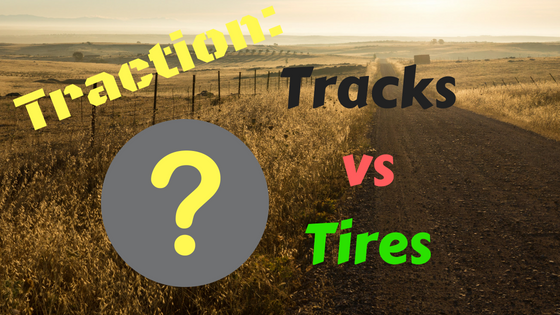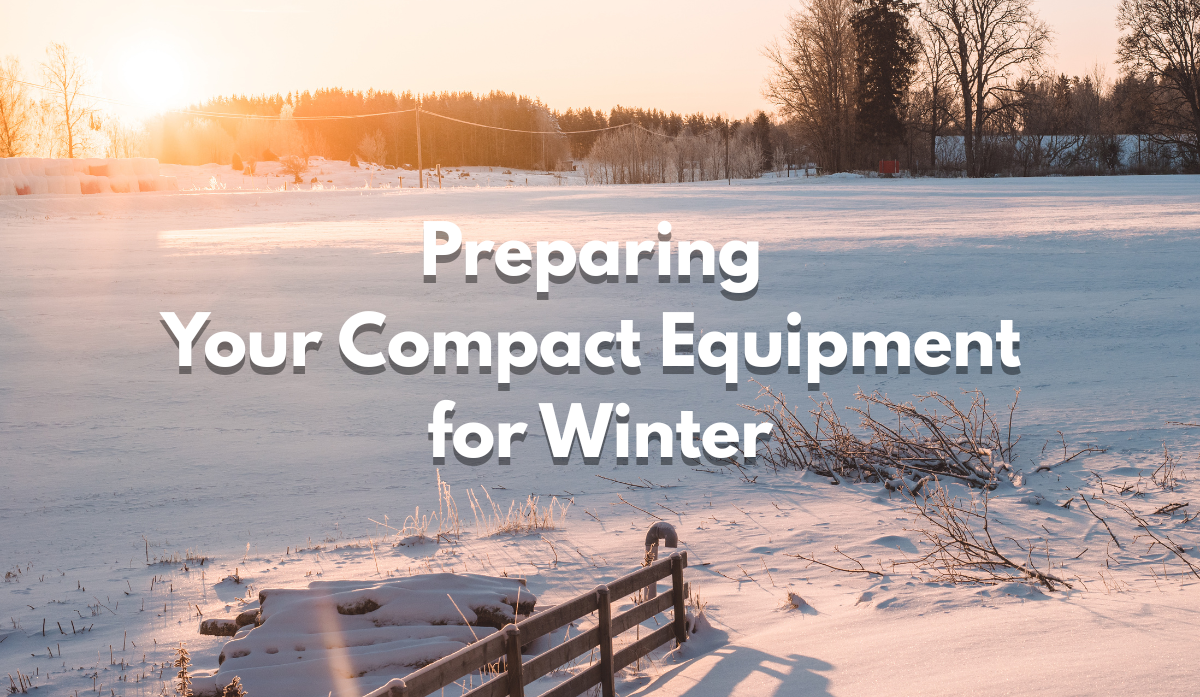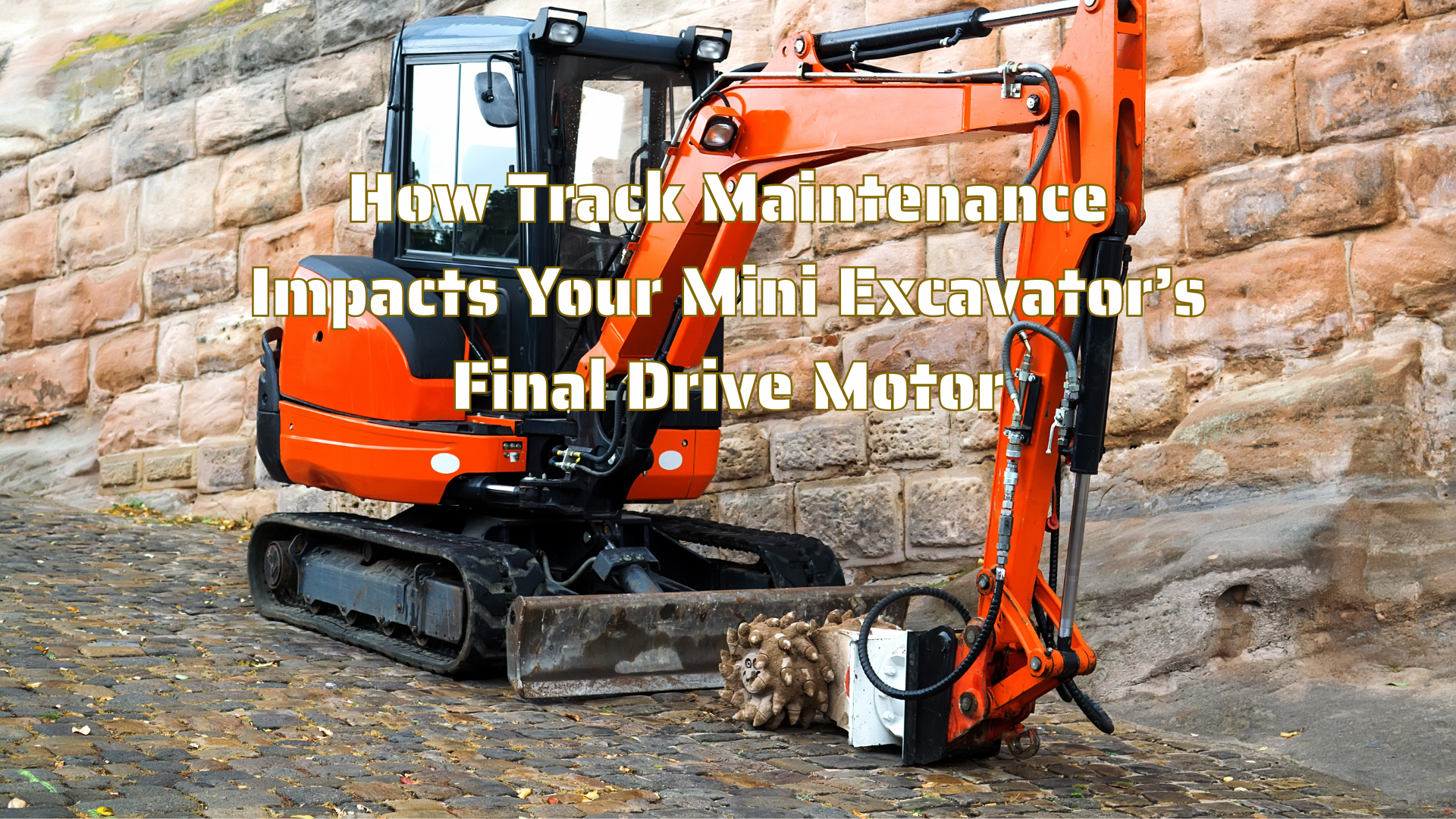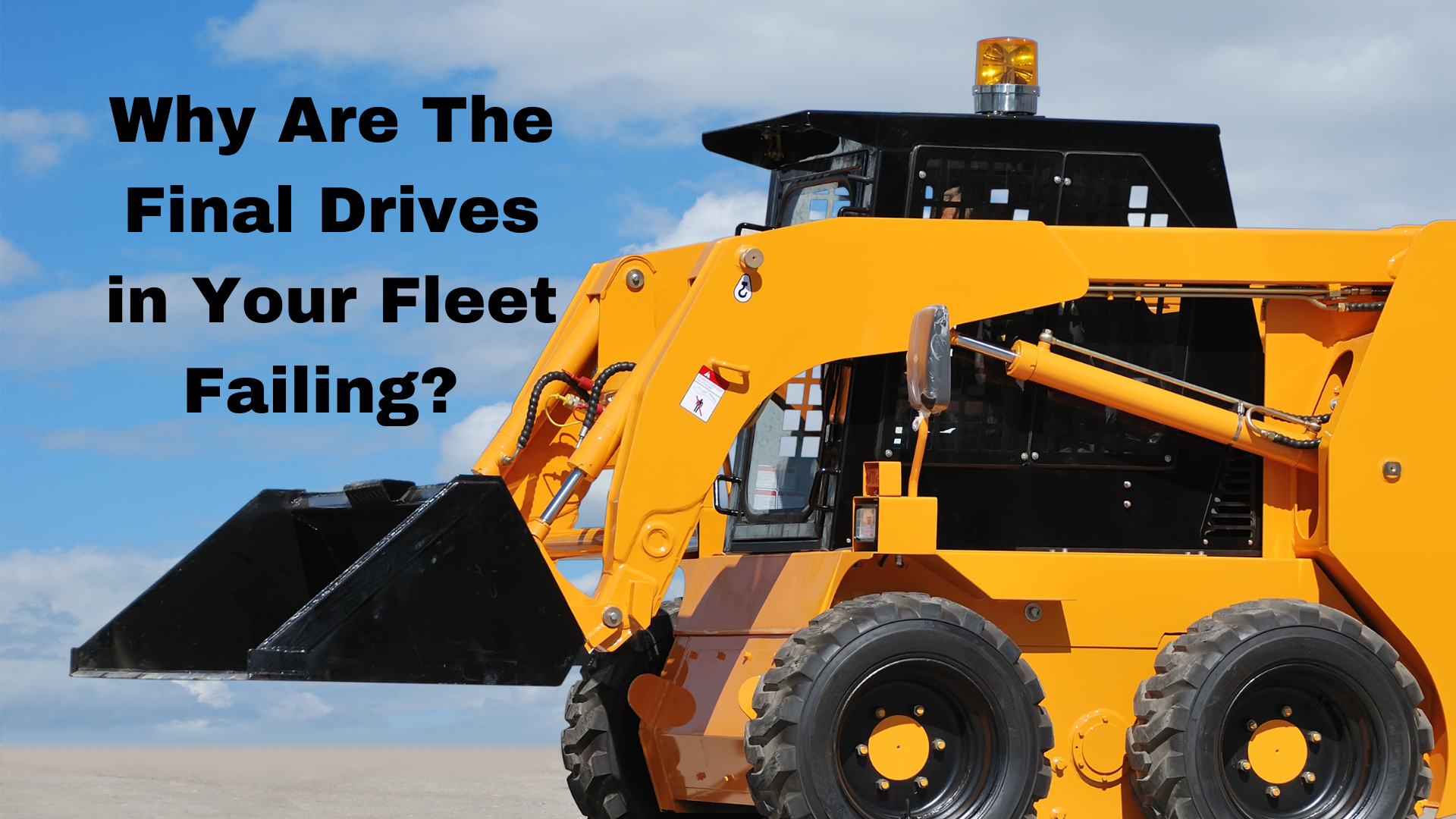Traction: Tracks versus Tires
Aug 6th 2018
Best Excavator Tire Traction?
Have you ever wondered if tires or tracks offer the best traction? The answer to that question is not quite as simple as it might initially seem. In this blog, we’re going to try to provide a clear answer to the question, beginning with a discussion of the coefficient of traction.
Coefficient of Traction
Skid steers, compact track loaders, multi-terrain loaders, and mini excavators each have their own special characteristics and ideal applications. A major factor in their ideal applications involves whether or not they have tires or tracks. Whether we are talking about a Bobcat skid steer or a CAT mini excavator, one of the measures that we have for determine how much traction a tire or track can provide is referred to as the coefficient of traction.

The relationship between the i>pull available for a job and the weight acting on the drive units is given by this simple equation:
pull = (coefficient of traction) x (weight on drive units)
The coefficient of traction is primarily dependent on two things: the type of surface involved and the condition of that surface. The chart below shows the coefficient of traction for tires (in blue) and tracks (in orange) for a variety of surfaces and conditions.*
You’ll notice conditions include things like dry or wet as in the case of sand and loam.
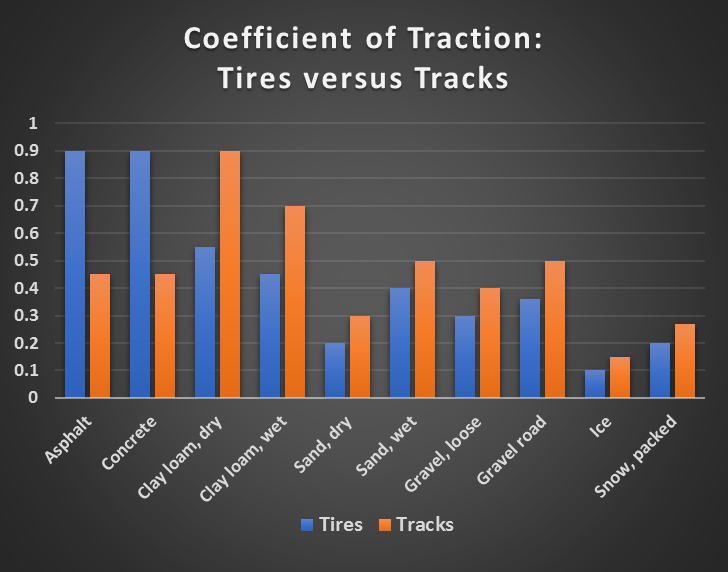
One of the key things to notice in this chart is that tracks don’t always provide more traction than tires, as is often assumed. When it comes to asphalt and concrete, tires will outperform tracks. That’s one reason why skid steers are recommended over CTLs and MTLs for applications that involve concrete or asphalt. The other reason is that tracks will wear out more quickly than tires on those surfaces.
You’ll also notice from this chart that when it comes to ice or packed snow, tires and tracks perform about the the same: very poorly! Ice and packed snow seem to be proverbial Achilles’ heel for tracks and tires both.
Other Factors
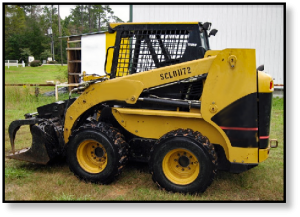
There are some additional factors that can affect the actual coefficient of traction between wheels and the surface in question, one of which is the level of inflation of the tires. Wheels that are fully inflated will not provide as much traction as tires that are a bit low. The reason behind this is quite simple: a low-pressure tire is able to flex more, providing a greater area in contact with the surface and, therefore, greater traction.
On tires you can increase the traction by using raised lugs. For tracks, grousers serve a similar purpose. In particular, grousers are used to increase traction on loose material and work much like cleats on shoes. Finally, worn tires or tracks will not provide as much traction as those in good condition.
A Note On Final Drives
Don’t forget that hydraulic motors and final drives are usually what provides the torque needed to turn the wheels/tracks on compact and heavy equipment. If your equipment doesn’t have enough tractive power, the problem might be with your wheels or tracks. However, if they are in good condition then it’s time to take a look at your drive motors.
Conclusion
Whether tracks of tires provide the best traction depends on the type of surface and its condition. For smooth surfaces such as concrete and asphalt, tires generally provide the best performance. For most other surfaces tracks are better — with the exception of ice and packed snow, which are trouble for both tracks and tires!
*Sources: Heavy Construction: Equipment and Methods by Stuart Wood Jr. and Estimating Excavation by Deryl Burch

